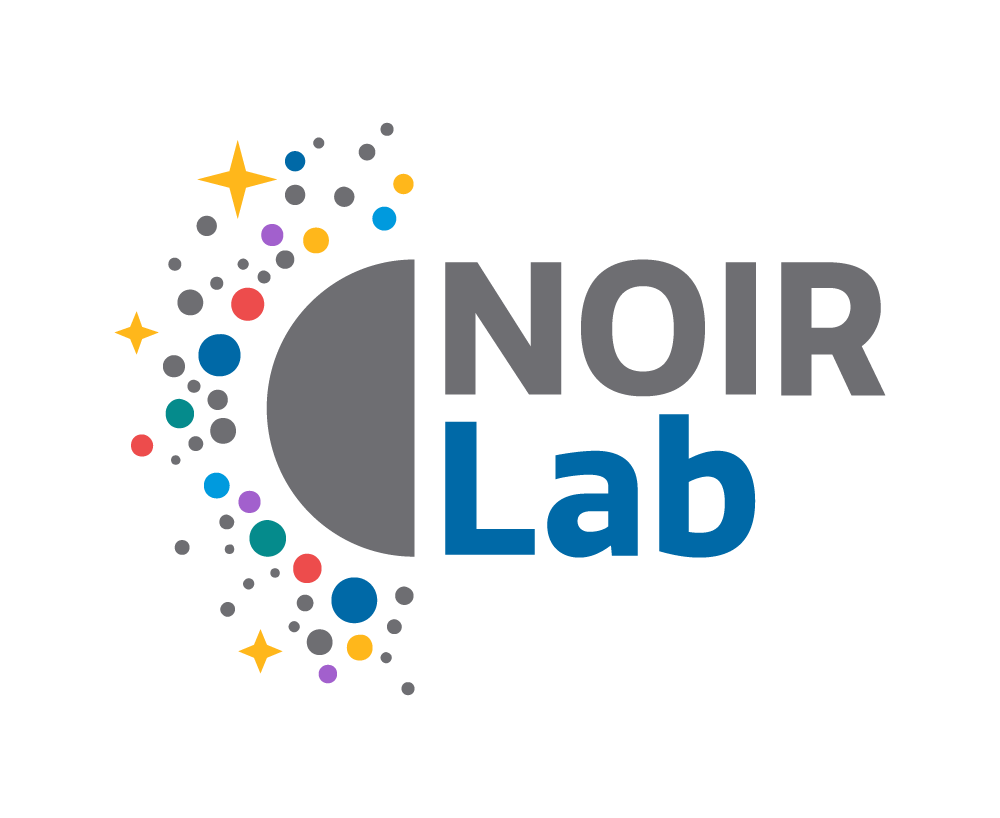Summer Stars Program Shines in Tucson
3 July 2025
NOIRLab staff from the Rubin Education and Public Outreach and Communication, Education, and Engagement groups hosted 14 astronomy educators from across the country from 16 to 20 June 2025 for the second consecutive year of the Summer Stars program. The program brought together high school and college instructors to experience the operations and technology of a modern working observatory and learn about the discoveries that will be enabled by Rubin Observatory and other NOIRLab telescopes. Sessions were organized around three key themes: A Digital Window for Discovery with Rubin Observatory, Tools to Explore the Universe, and Astronomy for the Next Generation.
A Digital Window for Discovery with Rubin Observatory
Participants learned how Rubin Observatory will help answer some of astronomy’s biggest questions and how the Rubin Education Program aligns with the observatory’s science goals by bringing authentic data into classrooms. During the week, participants explored three in-depth Rubin Investigations: Surveying the Solar System, Stellar Safari, and Expanding Universe. By the end of the week, all participants were discussing and designing implementation plans to bring these investigations into their courses.
Tools to Explore the Universe
Throughout the week, information sessions provided an inside look at the technology and techniques used to collect data and make astronomical discoveries. At NOIRLab’s Headquarters in Tucson, AZ, the Instrument Shop Facilities Supervisor, Ron Harris, led a tour of the Instrument Shop, where crucial components for the telescopes and their infrastructure are designed and crafted. At the Kitt Peak National Observatory, Summer Stars participants toured the McMath-Pierce Solar Telescope, WIYN 3.5-meter Telescope, Nicholas U. Mayall 4-meter Telescope, UArizona Spacewatch Telescopes, UArizona 12-meter Telescope, and the NRAO Very Long Baseline Array Dish. The week concluded with a tour of the University of Arizona’s Richard F. Caris Mirror Lab, where scientists, engineers, and technicians have innovated the construction of large, lightweight mirrors with unprecedented surface accuracy, such as the 8.4-meter mirror for Rubin Observatory.
Astronomy for the Next Generation
Summer Stars sessions helped participants build tools to inspire students’ careers in STEAM fields by highlighting the variety of job opportunities at an observatory. At night, participants shadowed astronomers conducting exoplanet research at the WIYN 3.5-meter Telescope and tracking asteroids at the UArizona Spacewatch Telescopes. This first-hand exposure to real-time data collection and observational techniques helped participants learn about the day-to-day responsibilities of various career options to share with students.
Cultural Connections
Kitt Peak National Observatory is located in the Schuk Toak District within the Tohono O’odham Nation on I’oligam Du’ag (Manzanita Bush Mountain). While on the sacred mountain, participants learned about the history of Kitt Peak and the culture of the Tohono O’odham Nation. During reflections and closing discussions, participants expressed that the cultural learning experiences were equally as valuable as the scientific components of the workshop.
The success of the Summer Stars program was due to the continued support of staff and the truly outstanding group of educators: Kenneth DeNisco, Samuel Macintire, Lauren Rogers, Carver Bierson, Jeffery Brentson, Katie Berryhill, Zachary Richards, Reza Monadi, Elizabeth Royal, David Dahari, Yolanda Simon, Kathy Bock, Warren Berg, and Ulrike Lahaise.
Contacts
Justine Schaen
Education & Engagement Specialist
NSF NOIRLab
Email: justine.schaen@noirlab.edu






